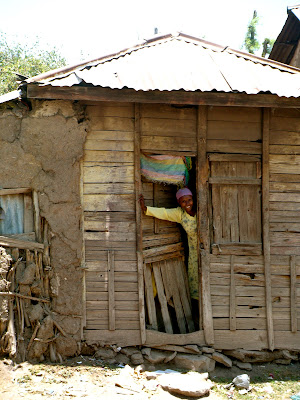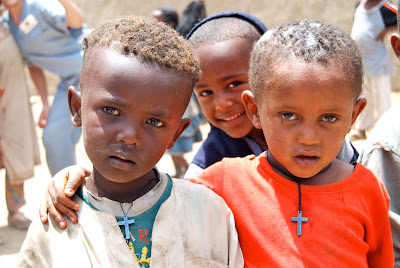Microfinance can be an effective and powerful tool for poverty reduction. With most poverty-stricken individuals living in rural areas, food insecurity is one of the main challenges to economic development in poor countries, particularly Ethiopia.
With an estimated population of 60 million, approximately 85% of Ethiopians live in rural areas. Because of harsh circumstances that make agricultural production tough, a large number of people cannot support their families with food. Through microfinance, ideas and programs are implemented to increase food production; therefore, the overall level of poverty is reduced.
 The outcomes of microfinance have shown to be positive including increased sustainability and improved education.
The outcomes of microfinance have shown to be positive including increased sustainability and improved education.
Ethiopia’s poverty-stricken economy is based on agriculture, but with droughts and poor farming practices production is hard to maintain. Hope Arising has begun to establish unique practices in villages to create sustainable food and agricultural production through gardening and sheep fattening. From there, businesses slowly grow and are maintained, creating a steady source of income for families.
Microfinance looks to educate individuals about business before giving out loans. More and more women in poverty are being educated because they comprise the majority of borrowers and are more likely to support their children. By learning the basics of business, individuals will know how to run and keep a business going and they will be able to share that knowledge with families and acquaintances, establishing an effective market in villages.
Along with business education, the effects of microfinance on livelihood can be multidimensional. Some of these positive effects include that women become more empowered, health education spreads, and households function more efficiently. An overall healthier way of life is created through microfinance. Jump-starting small businesses by providing small loans to the impoverished is a concept that should be supported by those in developed countries.
SOURCES:
http://www.worldvisionmicro.org/pages/statistic
Berhane, G., Gardebroek, C. (2011). Does
Microfinance Reduce Rural Poverty?
Evidence Based on Household Panel Data
from Northern Ethiopia. American Journal of
Agricultural Economics, 93(1), 43-55.
Amha, W. (2000). Review of Microfinance
Industry in Ethiopia: Regulatory Frameworks
and Performance. Association of Ethiopian
Microfinance Institutions, 2, 1-48.

No comments:
Post a Comment
Leave a comment to let us know what you think.